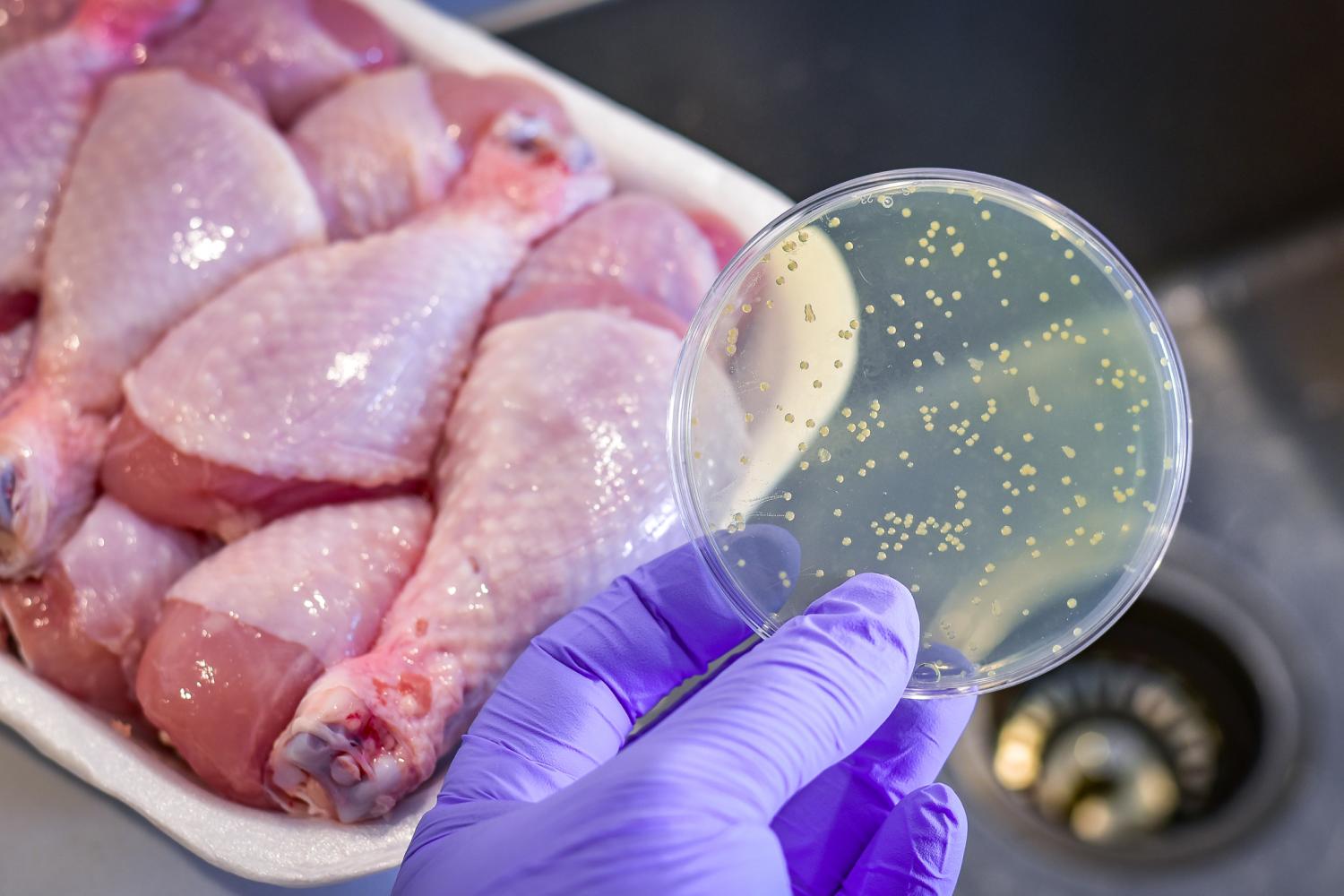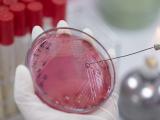A new summary report from two European health agencies shows resistance to commonly used antibiotics continues to be observed in zoonotic and indicator bacteria from food-producing animals, food products, and people, while resistance to some critically important antibiotics is rising.
The findings come from a joint analysis of 2021-2022 data from European Union/European Economic Area member states by the European Centre for Disease Prevention and Control (ECDC) and the European Food Safety Authority (EFSA).
Using isolates collected from people, food-producing animals (pigs, cattle under 1 year of age, broilers and hens, and turkeys), and derived meat products, the agencies analyzed antimicrobial resistance (AMR) in the main infection-causing bacteria that pass from animals to people through ingestion or handling of contaminated food or direct contact with animals—Salmonella, Campylobacter, commensal Escherichia coli, and methicillin-resistant Staphylococcus aureus.
High levels of resistance in Salmonella, Campylobacter
Among the significant findings from the report are that resistance to ampicillin, sulfonamides, and tetracyclines was observed at overall high levels in Salmonella bacteria from people and at moderately high to very high levels in food-producing animals. The detection of resistant Salmonella isolates varied based on their animal origins, serovars (strains), and reporting countries.
Combined resistance to ciprofloxacin and cefotaxime, two highest-priority critically important antibiotics for human medicine, was very low in Salmonella isolates from people and rare or very low in Salmonella isolates from all animal populations. But some Salmonella serovars from poultry, such Salmonella Kentucky from broilers and Salmonella Infantis from turkeys, had elevated levels of combined resistance to the two antibiotics, a trend that was also observed in Salmonella Kentucky and Salmonella Infantis isolates from people.
In addition, resistance to carbapenems was found in a handful of human Salmonella isolates but not in Salmonella from food-producing animals.
The report notes that while zoonotic Salmonella infections in people—predominantly salmonellosis—tend to be self-limiting and rarely require antibiotics, the high number of people who get salmonellosis each year requires the continuous monitoring of antibiotic-resistance levels.
In the two primary species of Campylobacter bacteria responsible for human infections—Campylobacter coli and Campylobacter jejuni—the data showed high to extremely high levels of resistance to fluoroquinolones in isolates from humans and animals. By country, resistance to ciprofloxacin ranged from 33.1% to 100% in human C coli and C jejuni isolates and from 41.7% to 84.1% in animal isolates.
"Due to these levels of resistance, fluoroquinolones can no longer be recommended for the treatment of Campylobacter infections in humans," the report states.
Another public health concern is the occurrence of combined resistance to ciprofloxacin and erythromycin in Campylobacter, particularly C coli. Combined resistance to the two critically important antibiotics was found in 7.1% of human C coli isolates, 8.2% of broiler isolates, 17.4% of isolates from fattening turkeys, and 32.7% of isolates from cattle under 1 year of age.
Better news about E coli
On a more positive note, the data also show an increase in the proportion of E coli isolates from food-producing animals with "complete susceptibility" or "zero resistance" to key antibiotics, along with a decline in the prevalence of E coli carrying extended-spectrum beta-lactamase or AmpC enzymes, which can confer resistance to multiple classes of antibiotics.
ECDC and EFSA officials say that, despite this progress, AMR remains a major public health concern that needs to be tackled on various fronts and by different actors.
"While we have seen positive results from actions to reduce AMR, continued joint efforts are essential to tackle this global threat," ECDC chief scientist Mike Catchpole, PhD, and EFSA chief scientist Carlos Das Neves, DVM, PhD, said in a news release. "The One Health approach reminds us that addressing AMR requires collaboration across different sectors, such as human health, animal health, and the environment."
























